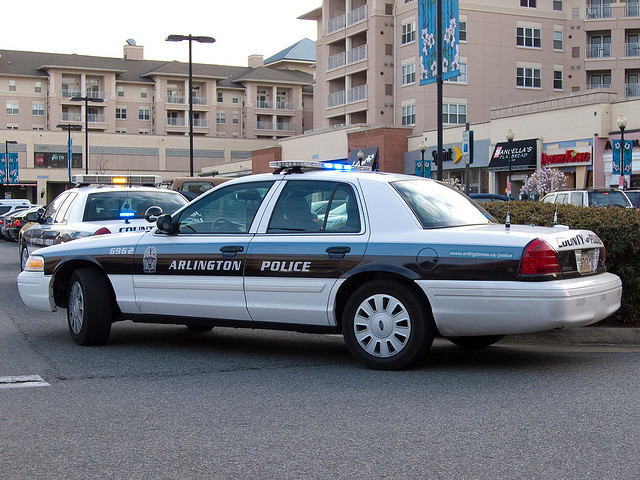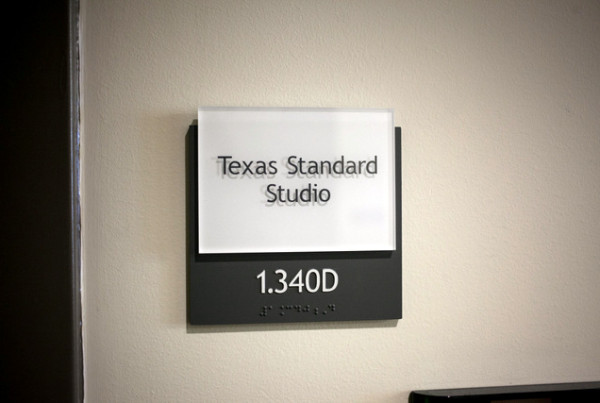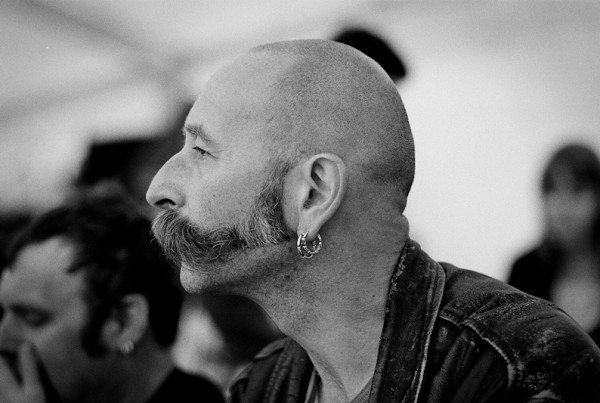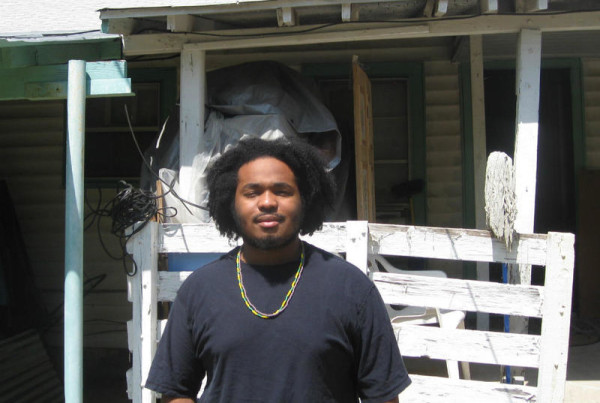This weekend, a white police officer in Arlington, Texas shot 19-year-old Christian Taylor. But, the FBI has decided not to investigate the shooting. In a statement, the FBI says, “we have full confidence in the ability of the Arlington Police Department and the Tarrant County District Attorney’s office to conduct a thorough investigation of this matter.”
Others in the community have been a little less trusting, considering the national conversation over the police use of force and the issue of race. As the admonition that the Black Lives Matter movement continues to gain momentum, talks on what constitutes the proper use of deadly force by police has waned. What exactly should be the rules of engagement?
Yesterday, a Standard listener Michael Harper posed an interesting question. “I’d like to know when it became okay for police to draw a gun without department review. Used to be every removal from holster off the range was reviewed,” Michael tweeted. There’s just not a good answer for that.
Jerry Staton is a retired law enforcement officer. He’s now in the private sector where he trains law enforcement professionals. Staton joins the Standard to give us some insight on some of these issues.
The rules for when and if an officer should unholster their firearm are vague, says Staton. It’s basically up to the “discretion of the officer.” If an officer draws their firearm and can claim that they had reasonable fear and needed to be prepared to use force “up to and including deadly force,” then they are typically free from departmental scrutiny.
In response to the Standard listener Michael Harper, Staton says “there has never been a requirement or a rule or a constitutional standard that says that drawing your firearm is a reportable use of force.”
Staton says it’s not actually a use of force. There are some agencies that require officers to report when they’ve drawn their firearms. But, that’s the “minority of agencies, not the majority.”
Back in July, a video surfaced showing a McKinney police officer unholstering his gun and slamming a 15-year-old girl to the ground. The incident was part of the police response to a fight that broke out at a pool party. After events like this stir national attention, some wonder if an officer would be less inclined to draw their firearm if they were subjected to investigation after every draw. That is “only speculation,” Staton says. “We don’t have any real data to nail that down.”
Though, it does make sense, Staton says. If an officer is going to be looked at every time they draw their weapon, they’re likely to be more careful. But, if an officer feels the need to use their firearm, Staton says, you really don’t want to restrict them.
In Texas, when citizens go through instruction for the concealed carry permit, it’s stressed that the even drawing a handgun is a use of lethal force. For a citizen, the District Attorney is likely to see those actions as brandishing, assault or worse, Staton says. But it’s different for a police officer, he says, because they have been given the authority to use force. Citizens don’t have a duty to act, Station says, they only have to defend themselves.
Staton says it’s likely that not every gun that comes out of a police officer’s holster is entirely justified. They are operating under different standards and rules. But, Staton says, “if they break the law, a police officer should be held accountable, just like anybody.”














